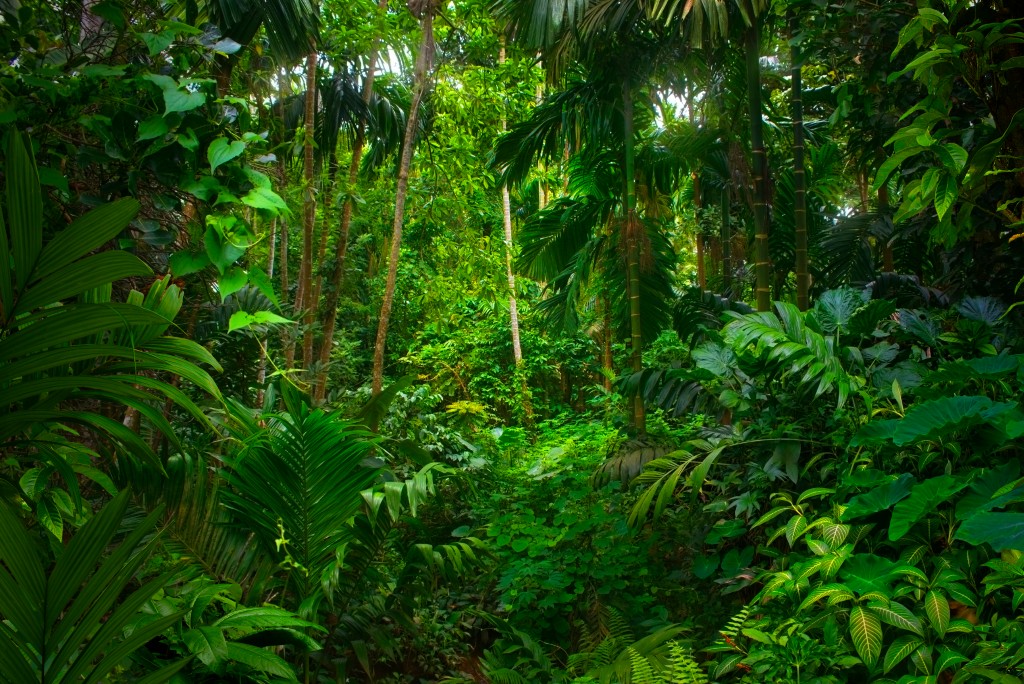Disclaimer: This website provides health information for educational purposes only and is not a substitute for professional medical advice, diagnosis, or treatment. Always seek the guidance of a qualified healthcare provider with any questions you may have.
All living species on this planet are susceptible to acquiring diseases. Even us humans, the highest of all life forms on earth, with our complex body systems are not immune to illnesses, so how much more vulnerable are plants and trees.
Yes, you read that right. Even foliage, the one thing you may have thought to be invincible is at risk of developing unhealthy conditions. Like any other living organisms, trees and plants need care and nourishment. Without proper care and much-needed attention, our source of oxygen may wither or be affected by diseases.
In this guide, we will discuss several common tree diseases and their appropriate treatment methods. Take note and observe if the trees in your Utah county backyard or plantation have the following:
Apple scab a leaf’s skin disease
Apple scab is a leaf disease affecting crabapples, a common problem during the blooming season. What you’ll see is scab-like abrasions forming on the leaves that eventually cause early defoliation of infected trees.
Prevention and Control: Apple scab can be intolerable. Fortunately, it is something that can be easily managed and treated. All you have to do is apply the infected trees with fungicide consisting of active ingredients such as fenarimol.
Anthracnose the Tree cancer
Anthracnose is like cancer in trees. It is caused by a group of fungi that damages the leaves, flowers, branches, and fruits resulting in extensive defoliation and in worse cases, tree death. It can occur to almost all tree species, like maple trees that are native in Utah.
Prevention and Control: For proper treatment, start by applying fungicides two weeks before breakage. Alternatively, you can inject the trunk with a specialized systemic fungicide. Remember, the most effective active ingredient is thiabendazole. Good and proper sanitation practices can also help reduce the spreading of the disease.
Cedar rusts
Cedar rusting is one of the most common tree diseases in the majority of the rosaceous plant family, such as crabapple and hawthorn. You will notice orange or rust-colored leaf spots forming on the leaves which indicate that the tree is infected. Cedar rusting is more likely to happen during spring. Another symptom is the development of branch cankers the can worsen and cause the tree to die.
Prevention and Control: Apply fungicide on the hosts beginning at bud break or the period when tiny buds are starting to shoot out. One active ingredient to look out for in fungicides is triadimefon.
Oak Wilt
 Oak wilt is another general fungal disease that results in a lot of tree death. It often affects more than 20 species of oaks primarily in areas of Minnesota, Pennsylvania, Texas, and New York. The disease can be transmitted by infected beetles through root implantations. An initial symptom of oak wilt is rapid discoloration of leaves and premature defoliation. In some cases, the leaf veins may turn yellow then brown before defoliation occurs.
Oak wilt is another general fungal disease that results in a lot of tree death. It often affects more than 20 species of oaks primarily in areas of Minnesota, Pennsylvania, Texas, and New York. The disease can be transmitted by infected beetles through root implantations. An initial symptom of oak wilt is rapid discoloration of leaves and premature defoliation. In some cases, the leaf veins may turn yellow then brown before defoliation occurs.
Prevention and Control: For efficient treatment, inject the trees with a fungicide such as propiconazole, especially during the growing season.
Foliage needs attentive care to ensure that they will grow to be lush and healthy. Always be observant so you can detect problems and give suitable treatment in their early stages.




